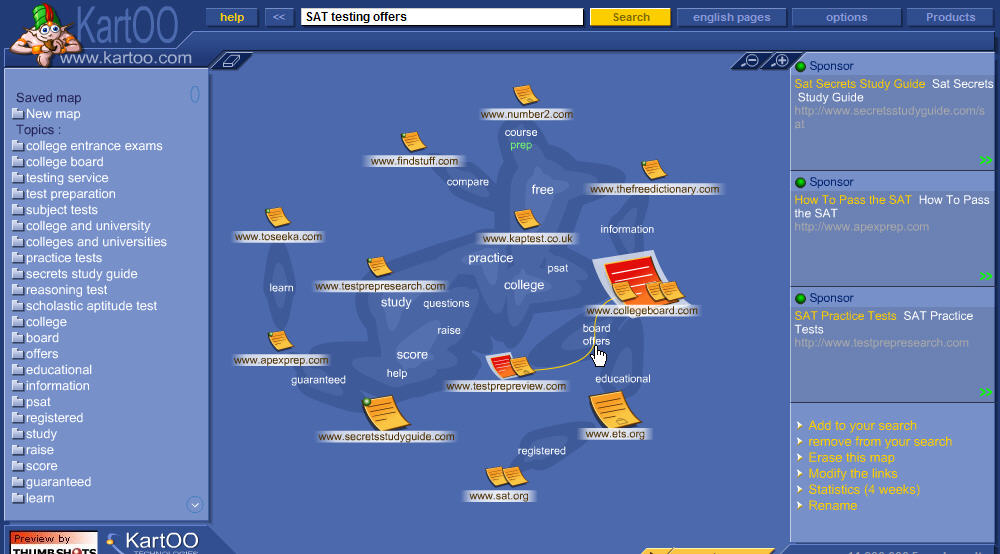User-generated content (UGC) is a major force in influencing buying behavior among the young and habitually online. That’s irrefutable. But this morning a friend who is neither made the argument that its power ends with that generation. He said that bloggers and such don’t reach people like him –Â and that’s a serious problem for marketers like me.
He said his generation (the very recently retired) possesses the most disposable income of any age group, and also has plenty of spare time to spend that money. It’s a huge and important audience, and one completely lost to anyone who puts too many eggs in the UGC basket. He almost had me convinced. Then, nearly in the next breath, he completely blew his theory.
This all happened over an early morning coffee. My friend explained that he was recently looking to buy a sailboat. I’ll call this friend “Pete” (although I don’t know why I’m disguising his real first name, since he says he doesn’t read blogs).
Pete loves to sail, and it’s clear he’ll never have a better opportunity to live out a lifelong dream than right now. So he started shopping last month for a 36-to-40-foot used sailboat. The length of a boat dictates a lot about what it has and how you can use it, so every foot or so is an important consideration.
He excitedly told me about his search for, and eventual purchase of, the ideal boat — one that’s reliable, fits his lifestyle and is at a price he can live with. In his explorations, he found a promising model, built by a good manufacturer. It was a 36-footer and seemed to have it all. Then he did what anyone with an internet connection and a favorite search engine would do. He checked the boat out online.
He didn’t go to user groups or blogs. But they came to him. When he typed in the name of the boat along with words like “problems,” he found four or five accounts of a defect that was big enough to be a deal-breaker. Worse, it was a problem that the manufacturer had not yet publicly acknowledged or tried to correct. In fact, when Pete went back to the broker with this knowledge, instead of the broker taking the problem seriously and trying to negotiate a solution that wouldn’t kill the deal, he got defensive and then angry. Naturally, Pete walked.
The story ends happily of course. Pete found his boat, a 39-footer, and it sounds wonderful. I hope to travel down to see him and his wife this fall or winter, and hopefully join them for a sail.
As you might guess, Pete’s new boat wasn’t built by the same manufacturer as that 36-footer, and it wasn’t purchased through that same pugnacious broker. The sale was, however, facilitated by mostly anonymous boat owners who cared enough to share their frustrations with the internet world.
We all know UGC is influential, but we may underestimate its reach, for the following reasons:
- Thanks to search engines and the ubiquity of web connectivity, this type of persuasion finds people at pivotal moments in their purchasing activity, regardless of their age or their inclination to regularly read blogs or other UGC.
- Conversely, a surprising number of people do regularly read UGC — at least 2 out of every 5 web users. I say at least 2 out of 5 because the latest research on blog readership gives that proportion, and blogs are a subset of total UGC*. And this new statistic is no idle guesswork. According to a recent phone survey by Pew Internet American Life Project, conducted with over 7,000 people, 39% of U.S. internet users read blogs. That’s a really big number.
Those statistics mean that roughly 57 million Americans would say they read blogs if they were surveyed today on the phone.
As for Pete? If he was one of those 7,000 surveyed, he’d have said he never reads that type of content, and never will. But the truth is slightly different. A search engine will likely point him to UGC again. It will happen the next time he’s considering an important purchase.
Â
*I define UGC as the freewheeling “public” content on blogs, discussion groups, folksonomies and wikis (most notably Wikipedia, the site I just used to define folksonomies).

